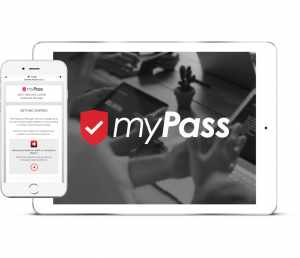
// About MyPass Password Manager
Complete Password Self-Service
Self-service password reset is one of the most efficient solutions any service desk can implement to reduce user frustration and helpdesk workload. About 20-30% of all calls to a service desk are related to passwords. MyPass SSPR improves your user productivity and reduces the workload on service desk agents through simple self-service processes and broad integration into all on-premises and cloud systems.












